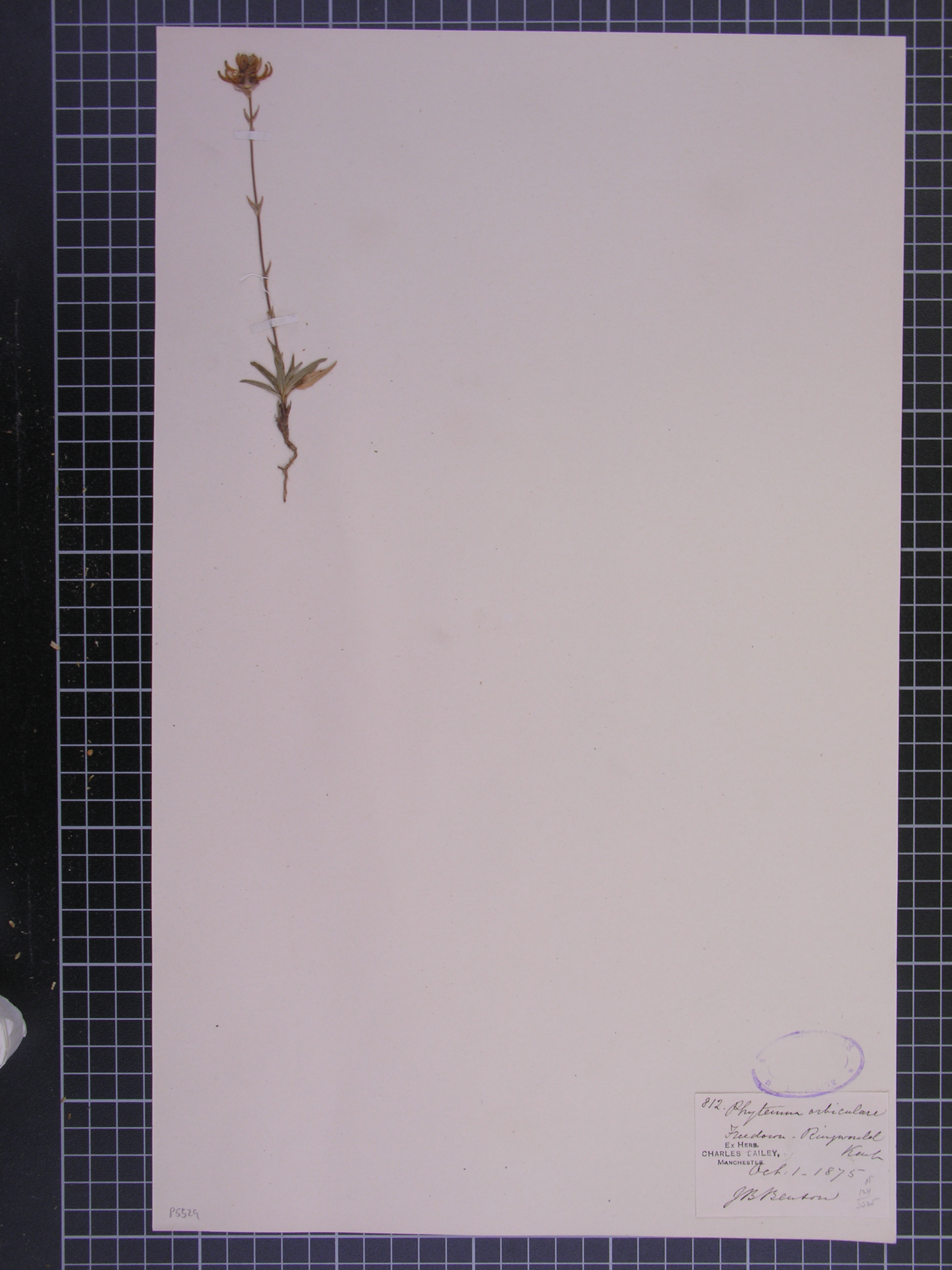On a very different site by the lakes between Chartham and Chilham we saw a host of bee orchids....
....and a veritable forest of meadow vetchling, which I've previously only seen as individuals peeking out from long grass on chalk. This habitat of gravel pits doesn't make you think of chalk downland, but perhaps it's rich from dumped soil in the past.
Beside one of the fishing scrapes was a length of fencing, which held half-a-dozen dozing lizards. It wasn't warm despite occasional sun, so their usual skitterishness was constrained - they just lay there and posed.
Back on Walmer beach in the evenings we have seen four painted ladies, lovely butterflies which I like for their undersides ....
....as much as for their spectacular upper wings. No cloudies yet but I'm hoping maybe this weekend?
The Western Heights hold some excellent chalk habitat with a carpet of common spotted orchids and a good population of small blues, but this year there's an additional sight ..... early gentian Gentianella anglica.
OK, it looks just like autumn gentian Gentianella amarella but it's interesting to see it among the lush growth of early summer.





















